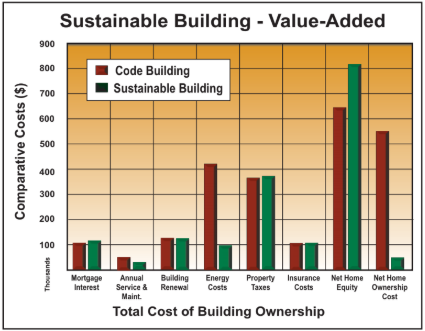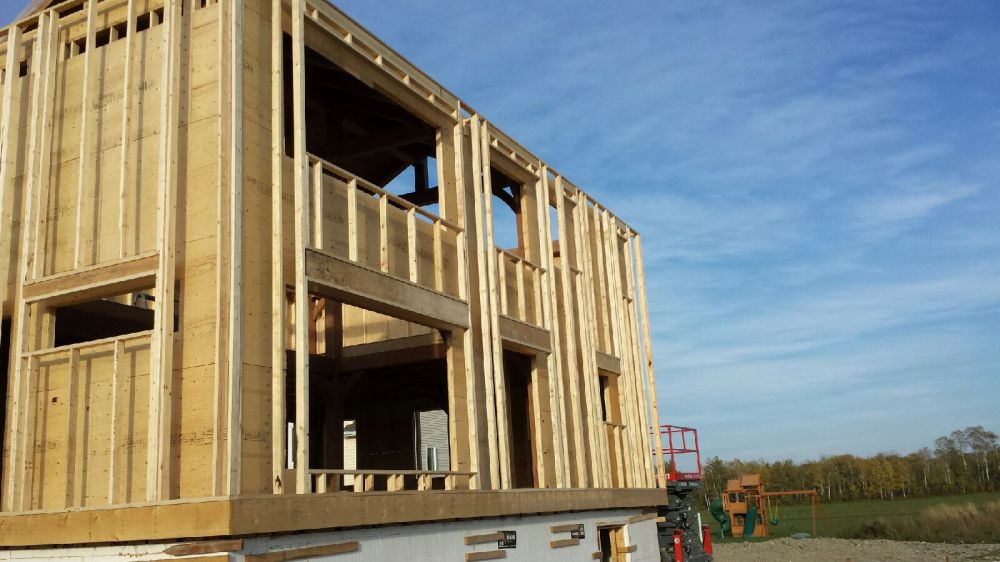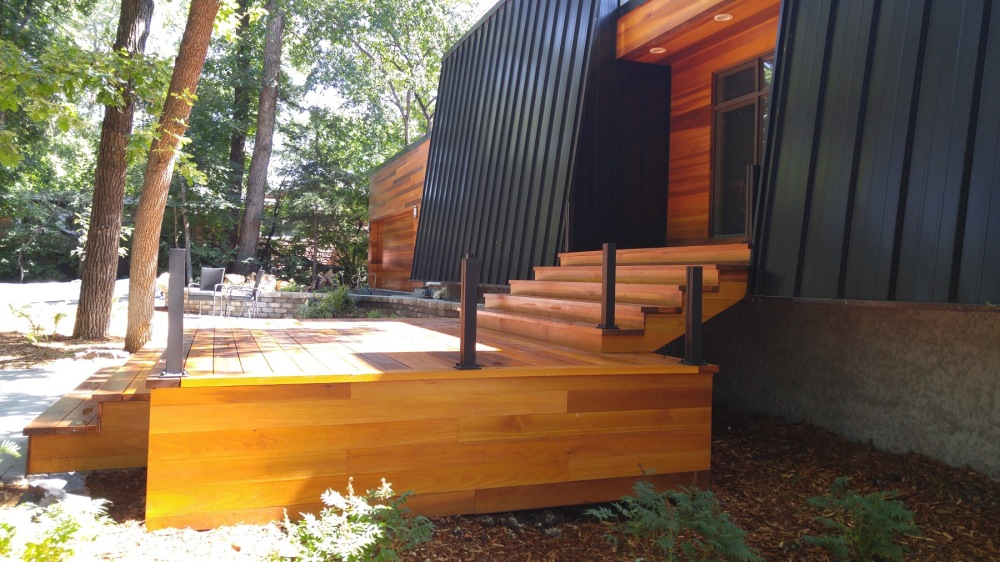The Marshmallow Test — and What It Teaches Us About Home Building
It’s 1970. You’re watching your child through a one-way mirror at Stanford University. The researcher sets a single marshmallow on the table and says, “If you don’t eat this for 15 minutes, you’ll get two marshmallows.”
You silently cheer from behind the glass. “You can do it! Think long-term!” But two minutes later, temptation wins — the marshmallow disappears.
When it comes to building homes, most of us aren’t much different. Choosing quartz countertops feels more exciting than investing in extra insulation or airtight construction — but that short-term choice can cost you hundreds of thousands of dollars over your home’s lifetime.
The True Cost of Homeownership
Manitoba Hydro partnered with SRP Canada to study the total cost of building ownership using a tool called SEEFAR — Sustainable Energy Efficient Facility Asset Reporting. Developed here in Manitoba, SEEFAR calculates the real cost of owning a home, including:
- Mortgage payments
- Maintenance costs
- Energy consumption
- Expected resale value
The results were eye-opening:
Over a 60-year lifespan, a code-built home can cost over $1.2 million, while a sustainable home can cost around $700,000.
That’s a potential $500,000 in savings — or roughly $600 per month — just by building a better, more efficient home.
Lifetime Cost of Ownership – Code-built vs. Sustainable Home. SEEFAR Valuation

So why isn’t everyone building sustainable homes? It’s the marshmallow test all over again — it’s hard to think 60 years ahead when shiny finishes promise instant gratification.
But the SEEFAR tool changes the equation. By predicting your long-term maintenance and energy costs, SEEFAR helps you make informed decisions based on lifetime value — not just initial price tags.
Here’s what makes sustainable homes more cost-effective:
- Superior insulation reduces heating and cooling costs year-round.
- Energy-efficient systems like heat recovery ventilators and triple-pane windows minimize utility bills.
- Durable, low-maintenance materials save on repairs and replacements.
- Healthier indoor environments reduce chemical exposure and improve overall well-being.
Even better, lenders and appraisers are beginning to recognize the value of sustainable homes. Safer mortgages and lower energy expenses mean more money stays in your pocket — and more stability in Manitoba’s economy.
In fact, if all new homes met PassiveHaus standards, the SEEFAR model predicts $20 billion in additional economic growth in Manitoba over the next 50 years.
Resale Value: The Future of Home Buying Is Sustainable
You might be thinking, “But people only stay in a new home for about 12 years — will I really see those long-term savings?”
Yes — because market demand is shifting fast.
As Dennis Cunningham from Assiniboine Credit Union explains:
“Eventually, the market is going to shift and people are going to demand highly energy-efficient homes — and will turn their noses up at homes that aren’t.”
With Canada’s 2030 Net-Zero initiative fast approaching, energy efficiency isn’t a luxury — it’s becoming a requirement. Homes that don’t meet efficiency standards may soon face lower resale values, while sustainable homes will sell faster and for more.
Sometimes upgrading older houses for sustainability and efficiency is cost effective. However, when there are structural issues the most cost effective upgrade can be building from the ground up with a well-built, energy-efficient home.
How to Build a Truly Sustainable Home
Building a sustainable home goes beyond just lowering your energy bills. It’s about designing a home that’s healthy, durable, and in harmony with both your lifestyle and the environment.

Key principles of sustainable home building:
- Efficient design: A well-insulated, airtight shell with high-performance windows.
- Smart orientation: Maximizing solar gain and natural light.
- Healthy materials: Using non-toxic, low off-gassing, and locally sourced products.
- Waste reduction: Minimizing construction waste through careful planning.
- Longevity: Choosing materials that last longer and require minimal upkeep.
Every decision — from roofing to flooring — affects your home’s long-term sustainability. For example, a slightly more expensive metal roof can last twice as long as asphalt, reducing waste and saving you money on replacements.
The Bottom Line
A sustainable home isn’t just better for the planet — it’s better for your wallet and your well-being. You’ll enjoy lower bills, cleaner air, fewer maintenance headaches, and a higher resale value down the road.
At Dueck Builders, we specialize in building custom sustainable homes in Manitoba that balance performance, comfort, and cost.
Ready to Build Your Sustainable Home?
If you’re ready to invest in your future — and save money every month — let’s talk about how we can design and build your custom sustainable dream home.
Let’s turn your dream home into a home that sustains you — for generations to come.
